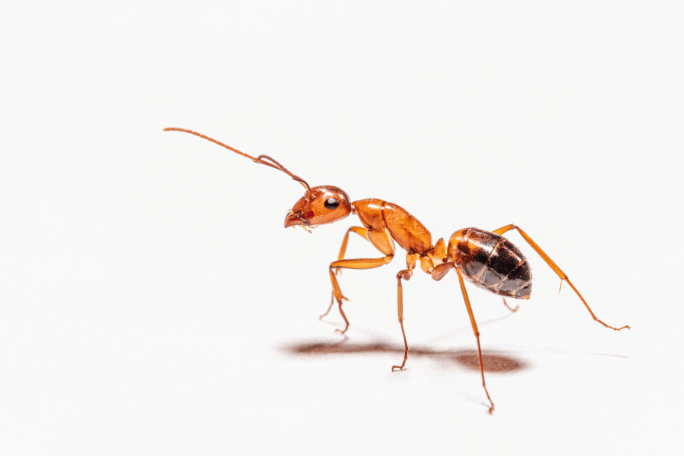Lesson Summary
The aim of this activity is to encourage children to think more deeply about ants, and in particular the ants in the yard at your centre. All children will observe the types of food that ants like by laying a plate of food outside for the ants and observing which types of food are the most popular. Younger children will then participate in an ant parade around the yard, while older children will create their own ant trail and create an ant restaurant. It is hoped that children will have a greater appreciation of how even the smallest of animals – such as ants – are involved with the daily actives of finding food and water.
This activity is designed to help connect children to the wonders of the natural world through sensory and play-based learning.
Activity Intention
- This activity is designed to help connect children to the wonders of the natural world through sensory and play-based learning.
Lesson guides and printables
Lesson details
Curriculum Mapping
EYLF Learning Outcomes:
Learning Outcome 2: Children are connected with and contribute to their world
2.3 Children become aware of fairness
Learning Outcome 4: Children are confident and involved learners
4.1 Children develop dispositions for learning such as curiosity, cooperation, confidence, creativity, commitment, enthusiasm, persistence, imagination and reflexivity
4.2 Children develop a range of skills and processes such as problem solving, inquiry, experimentation, hypothesising, researching and investigating
Resources Required
- All ages: a range of food items, such as salt, cheese, bread, honey, sugar, tea leaves, curry powder, milk and peanut butter. You will only need a small amount of each item. Lay these items out on a plate.
- Ages – 2 to 3: Ant antenna template or pipe cleaners, scissors, sticky tape or glue, string to tie antenna onto head.
- Ages – 3 to 5: Ants template, scissors, coloured pencils (optional).
Additional Info
Cool Australia Presents Biodiversity from Cool Australia on Vimeo.
This is an original Cool.org lesson. Facts and figures in these lessons may have changed since this lesson was published. We always endeavour to update our resources in a timely manner, but if you see an error or issue in our resources please get in touch with us.


Welcome back!
Don't have an account yet?
Log in with:
By signing up to Cool.org you consent and agree to Cool's privacy policy to
store, manage and process your personal information. To read more, please see
our privacy policy here(Opens in new tab).
Create your free Cool.org account.
Many of our resources are free, with an option to upgrade to Cool+ for premium content.
Already have an account?
Sign up with:
By signing up to Cool.org you consent and agree to Cool's privacy policy to
store, manage and process your personal information. To read more, please see
our privacy policy here(Opens in new tab).